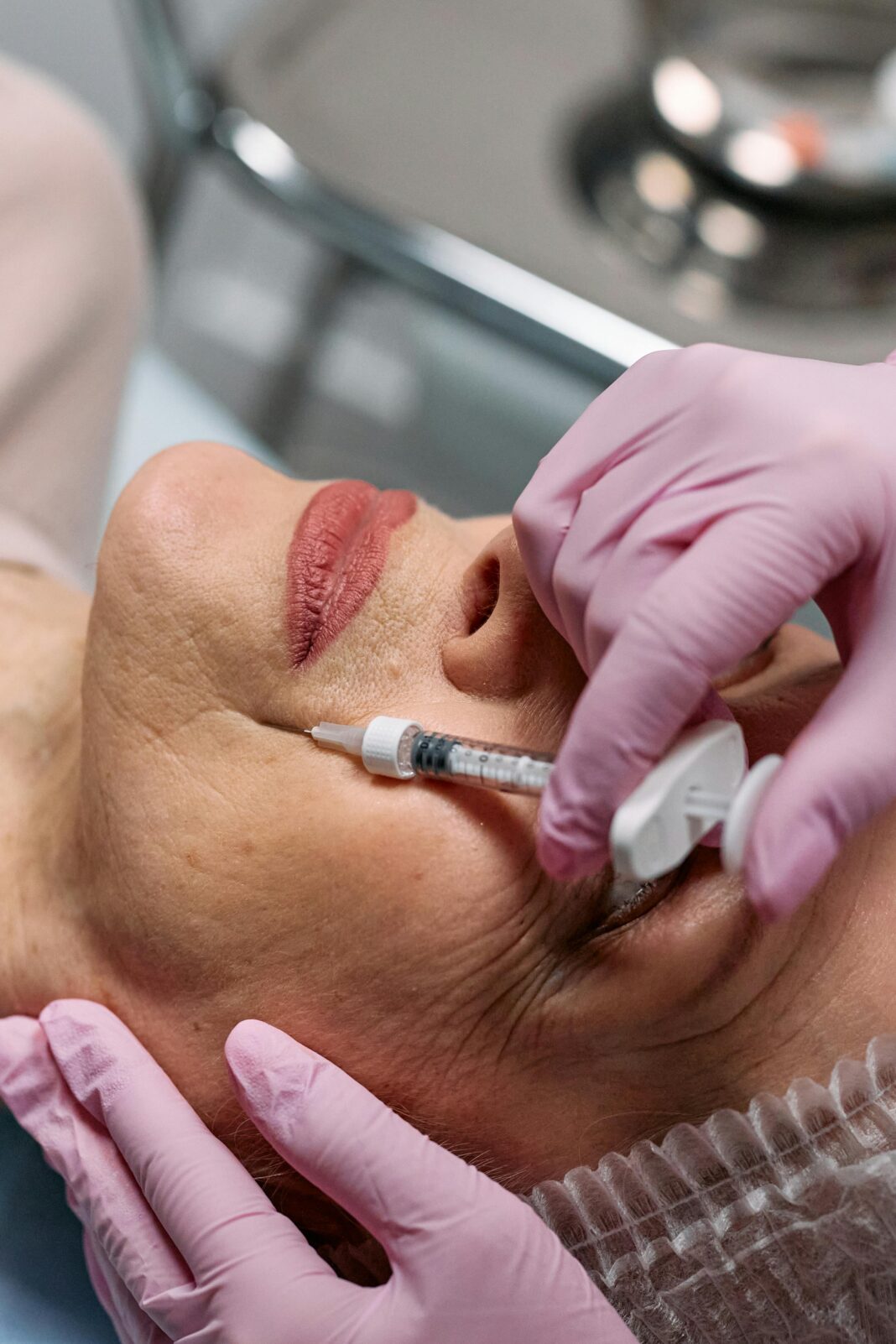As we age, many of us begin to search for ways to combat the inevitable signs of aging, including wrinkles. Two popular options for addressing wrinkles are over-the-counter skin creams and anti-wrinkle injections. Which is more effective?
Anti-wrinkle injections like Botox have been used for years to temporarily smooth out wrinkles by paralyzing the muscles that cause them. Over-the-counter skin creams claim to reduce wrinkles through ingredients such as peptides and retinol hyaluronic acid.
The differences between the two methods of combating wrinkles include potential side effects, cost, and effectiveness. This article helps you understand which option is suitable for fighting wrinkles.
Overview of Anti-Wrinkle Injections
Anti wrinkle injections are a popular cosmetic treatment, reducing the wrinkles and fine lines on the face. The injections usually contain a protein that relaxes the facial muscles, leading to a smoother appearance of wrinkles.
Anti-wrinkle injections work by injecting a cosmetic product containing a form of botulinum toxin into the muscles beneath the skin. The toxin temporarily paralyzes the muscles, preventing muscle contraction and causing wrinkles and fine lines to appear.
Anti-wrinkle injections offer various benefits, such as making the skin more youthful and smoother. The cosmetic treatment also helps improve the skin’s tone and texture. However, there are potential side effects to consider.
Some people experience sensitivity to the sun, dryness, or skin irritation after receiving the injections. Protecting your skin with SPF 30 sunscreen prevents further damage from UV rays. Specific individuals with dermal sensitivity may find these injections irritating.
Overview of Over-the-Counter Creams
Over-the-counter creams are cosmetic products applied topically to the skin to address various skin problems, such as wrinkles and fine lines, sensitive skin, dryness, and acne. The creams usually contain ingredients like moisturizers, proteins, vitamins, and retinoids to improve the appearance of uneven skin tone, sagging skin, and wrinkles. Regular use reduces the appearance of wrinkles and fine lines and builds elastin and collagen production in the skin, making the skin look more radiant and youthful.
Niacinamide, a popular ingredient in many over-the-counter skin creams, has been shown to positively affect the skin’s tone and texture. Another common ingredient is SPF 30 sunscreen, which helps protect the skin from photoaging caused by sun exposure. It is essential to note that some skin creams irritate, especially for those with sensitive skin. Before using a new skin product, it is best to do a patch test to ensure it will not irritate the skin.
Cost Comparison
Over-the-counter creams are often more affordable than cosmetic dermatology procedures, such as anti-wrinkle injections. They may not be as effective in treating deep wrinkles as cosmetic procedures.
Anti-wrinkle inspection is more affordable than cosmetic dermatology procedures, such as anti-wrinkle injections, which provide more noticeable and immediate results in wrinkle reduction but are generally more costly and may cause skin irritation.
When choosing between the two options, consider desired results, skin type, and budget. When considering the long-term cost of anti-wrinkle over-the-counter skin creams and injections, it is necessary to consider each wrinkle treatment method’s potential drawbacks and benefits.
